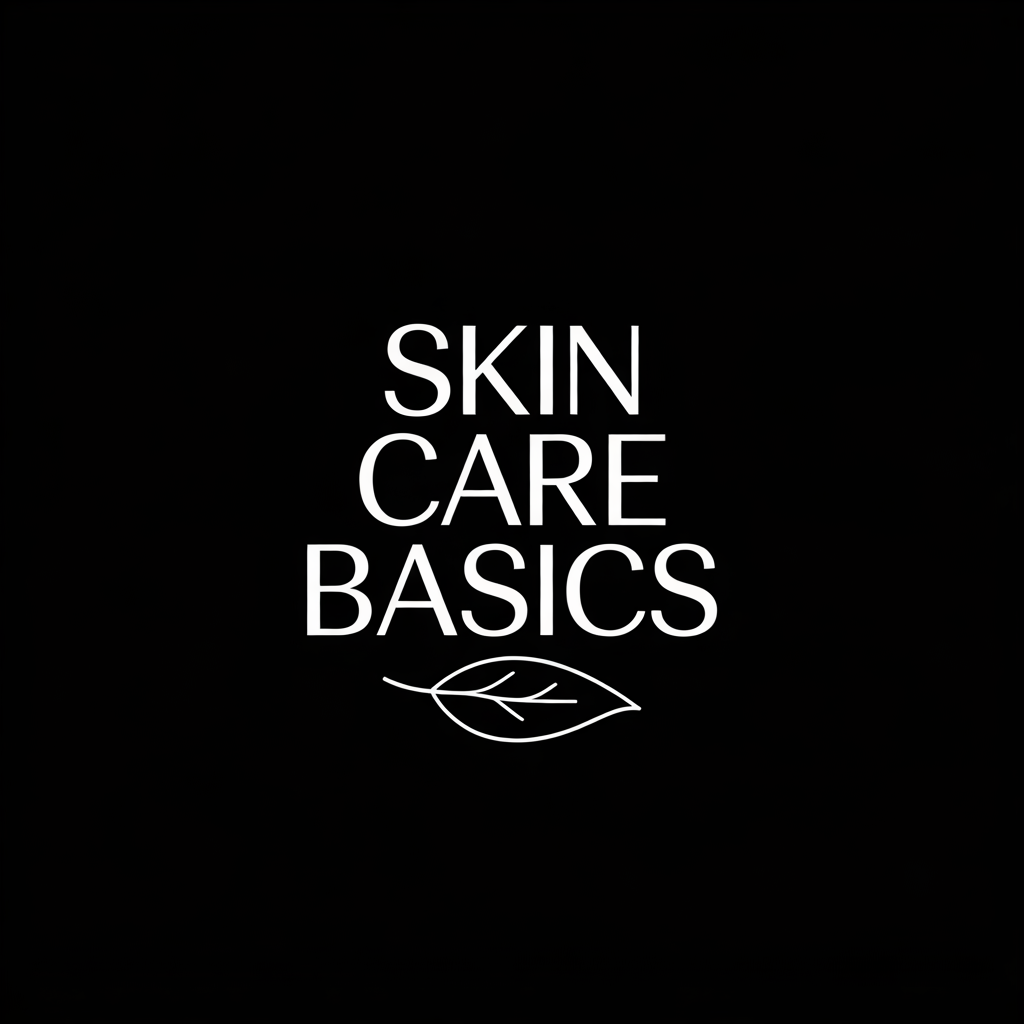Exfoliate Like a Pro- The Mistake You’re Probably Making Right Now
Are you making the common mistake of over-exfoliating your skin? Many people don’t realize that this practice can lead to irritation, redness, and even breakouts. Understanding the right way to exfoliate is crucial for maintaining healthy, radiant skin. But how do you choose the right products and frequency for your unique skin type? Let’s explore the essentials to help you exfoliate effectively and avoid potential pitfalls.
Key Takeaways
- Over-exfoliating can cause redness and irritation, compromising your skin barrier and leading to breakouts.
- Choose the right exfoliant based on your skin type to avoid adverse reactions.
- Exfoliate at the correct frequency: 2-3 times for oily skin, and only once for sensitive skin.
- Always follow exfoliation with a hydrating serum and sunscreen to protect sensitive skin.
- Monitor your skin for signs of distress, like excessive dryness or breakouts, to adjust your routine accordingly.
Understanding Exfoliation: What It Is and Why It Matters
Have you ever wondered why exfoliation is a crucial step in your skincare routine?
Exfoliation removes dead skin cells, revealing fresh, radiant skin beneath.
It helps prevent clogged pores, reduces acne, and improves product absorption.
However, many make common exfoliating mistakes, like choosing the wrong type of exfoliant for their skin type or using it too infrequently.
You mightn’t realize that chemical and physical exfoliants serve different purposes and can impact your skin differently.
Understanding the right techniques and frequency can enhance your glow while avoiding irritation. Additionally, choosing the right type of exfoliant can significantly influence your skin’s overall health and appearance.
The Common Mistake: Over-Exfoliating Your Skin
Over-exfoliating your skin can lead to more problems than it solves. If you’re scrubbing away too often, you might notice:
- Increased redness and irritation
- A compromised skin barrier
- Excess oil production as your skin tries to compensate
- Breakouts from clogged pores
To achieve healthy skin, balance is key. Exfoliate only a few times a week, depending on your skin type. Additionally, common skincare mistakes can further exacerbate your skin issues, so it’s essential to be mindful of your entire routine.
Listen to your skin’s signals and adjust your routine accordingly. Remember, less is often more in skincare.
Choosing the Right Exfoliant for Your Skin Type
How do you know which exfoliant is best for your skin type?
Start by identifying your skin’s needs.
If you have oily or acne-prone skin, opt for salicylic acid or glycolic acid exfoliants, as they help unclog pores.
For dry or sensitive skin, consider gentle enzymatic exfoliants or mild alpha-hydroxy acids like lactic acid.
Combination skin can benefit from a balanced approach, using both physical and chemical exfoliants.
Always patch-test new products to avoid irritation. Additionally, effective skincare ingredients can enhance your exfoliation routine and provide added benefits to your skin.
The Importance of Frequency: How Often Should You Exfoliate?
Finding the right exfoliation frequency is crucial for maintaining healthy skin. Your skin type plays a significant role in determining how often you should exfoliate, and not all products are created equal. Hormonal changes can also influence your skin type, making it essential to consider underlying hormonal health when establishing your exfoliation routine.
Skin Type Matters
Wondering how often you should exfoliate?
It really depends on your skin type.
Knowing your skin helps you avoid irritation and achieve the best results.
Here’s a quick guide:
- Oily skin: Exfoliate 2-3 times a week to keep excess oil and breakouts at bay.
- Dry skin: Stick to 1-2 times a week to maintain moisture.
- Combination skin: Find a balance—exfoliate 1-2 times weekly, focusing on oily areas.
- Sensitive skin: Limit to once a week, using gentle exfoliants.
Understanding your skin type ensures you exfoliate effectively without overdoing it.
Product Variations Count
Exfoliating isn’t just about how often you do it; the type of product you choose plays a crucial role in your skincare routine.
Different formulations—like chemical exfoliants versus physical scrubs—have varying effects on your skin.
If you’re using a gentle exfoliant, you might get away with exfoliating more frequently, perhaps two to three times a week.
However, if you opt for a stronger product, limit yourself to once a week to avoid irritation.
Listen to your skin; it’ll tell you what it needs.
Balance is key to achieving that radiant glow without compromising your skin’s health.
Combining Exfoliation With Other Skincare Steps
When you’re combining exfoliation with other skincare steps, timing really matters.
Applying products in the right order can enhance their effectiveness, but not all ingredients play well together.
Understanding product compatibility can help you avoid irritation and maximize your skincare routine. Additionally, being aware of ingredient conflict can further ensure that your products work together harmoniously.
Timing Matters
How do you ensure your skin gets the most out of its exfoliation routine?
Timing is crucial when combining exfoliation with other skincare steps.
Here’s how to optimize your routine:
- Exfoliate in the evening to allow for overnight skin renewal.
- Follow up with a hydrating serum to lock in moisture.
- Use sunscreen during the day, as exfoliated skin is more sensitive.
- Space out exfoliation from potent actives to prevent irritation.
Product Compatibility
What happens to your skin when you mix exfoliation with other products? You might unwittingly irritate or overstrip your skin.
Combining exfoliants with strong actives like retinoids or vitamin C can lead to redness and sensitivity.
Instead, space out your routine. Use exfoliants on separate days from potent treatments.
If you’re using a gentle exfoliant, it can complement hydrating products, enhancing absorption and effectiveness.
Always patch-test new combinations to gauge your skin’s reaction.
Listening to Your Skin: Signs You Need to Adjust Your Routine
Are you paying attention to your skin’s signals? Your skin can be a reliable guide, telling you when it’s time to tweak your routine. Watch for these signs:
- Excessive dryness or tightness
- Frequent breakouts or irritation
- Dullness or uneven texture
- Redness or sensitivity after exfoliating
If you notice any of these symptoms, it’s essential to reassess your products and techniques. Over-exfoliating or using the wrong ingredients can lead to more harm than good. Additionally, many individuals with sensitive skin often overlook the importance of avoiding harsh ingredients, which can exacerbate their skin’s condition.
Trust your skin’s feedback, and don’t hesitate to make adjustments for a healthier, more radiant complexion. Your skin deserves the best care you can provide!
Professional Treatments: When to Seek Expert Help
When should you consider turning to a professional for your exfoliation needs?
If you’re struggling with persistent skin issues like acne, hyperpigmentation, or severe sensitivity, it’s time to seek expert help.
Professionals can assess your skin type and recommend tailored treatments that go beyond at-home products.
Chemical peels, microdermabrasion, and laser treatments can effectively address deeper concerns and provide results that your regular routine may not achieve.
Remember, if you’re unsure about your exfoliation method or experience adverse reactions, consulting a dermatologist is wise.
Additionally, dermatologist-backed skincare tips can guide you in creating a routine that enhances your skin’s natural glow.
Your skin deserves the best care, and sometimes that means turning to a pro.

